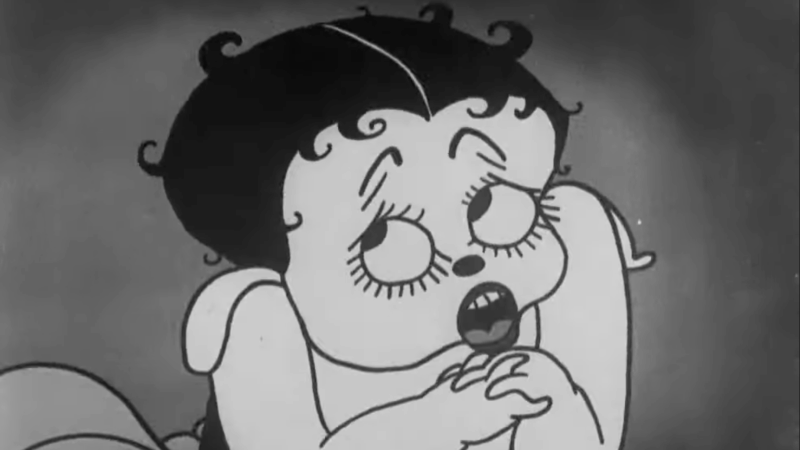Matters of Choice: Race, Economics and Choice in North Carolina
In North Carolina, students get their choice of charter schools, but those schools are increasingly divided by race. In this southern state where some of the nation’s most noted school desegregation battles were waged, a recent Duke University study shows that many schools are either predominantly white or predominantly minority. Reema Khrais of WUNC reports on efforts to change that trend as part of the Southern Education Desk series, “Matters of Choice.”
Kindergartner Emarie breaks out into song as she cleans up.
“Row, row your boat crossly down the stream… life is but a dream!”
It’s toward the end of class at Central Park School for Children in Durham. Emarie and her classmates are putting paint supplies away after a pretty successful day creating masterpieces.
As principal John Heffernan walks around the kindergarten class, he notes it looks and feels different than it did just a few years ago. Frankly, it’s not as white or upper middle class as it used to be.
“There’s a greater diversity of viewpoints. There’s a greater diversity of perspectives,” says Heffernan.
How did this demographic shift happen? A couple of years ago, this school tried something no other charter school in the state has done before: it began giving students from low-income families a better chance of getting in. They get priority on a waiting list of hundreds of kids.
Before this weighted lottery, only six percent of kids qualified for free or reduced meals. Today, according to Heffernan, the number has grown to 18. The goal is 40.
As the school becomes more economically diverse, the number of white students is slowly dropping while the number of Black and Latino kids is slowly rising. It is a story very different from what’s happening outside of its walls.
Helen Ladd, a professor at Duke’s Sanford School of Public Policy, says the state’s charter schools have always been racially imbalanced and it’s only gotten worse.
“We’ve got white charter schools – disproportionately white charter schools – and disproportionately minority charter schools. It’s what we’ve worked hard to avoid. It’s a pattern worth worrying about,” says Ladd.
Initially, black students were over-represented in charter schools. Today, that’s true for white students. The percentage of charter school kids in mainly white schools has almost doubled since the late 1990s.
Ladd applies her training as an economist to help explain why that’s happening. On the demand side, you’ve got the parents. She says a lot of research shows that families do take into consideration the racial mix of a school when deciding where to send their kid.
“The other side is what the charter school operators are trying to do, that’s the supply side.”
Charter schools are public schools – but, unlike traditional ones, they do not have to offer free and reduced meals or bus transportation. Ladd thinks they should, because “if they don’t, then they’re not really open to all students who need those services.”
Joe Maimone, a member of the state’s charter school advisory board, disagrees with that philosophy. He says parents want the best schooling option for their kid, “even if it means they have to sacrifice a little bit more in terms of not having the free lunch or not having the transportation door-to-door versus a stop five or ten minutes down the road.”
Plus, money is tight. Maimone argues that charter schools don’t get the same amount of funding as traditional public schools. Still, options exist, including carpools and buses meeting in central locations.
“Charter schools have done, and will continue to do everything they can to make sure transportation is not a barrier,” he says.
Back at Central Park School for Children, Zoila Salazar has the day off and is walking her kindergartner to class.
Salazar and her son had a higher chance of getting into this school last year because of their socioeconomic status. She also says it was important that the charter school was able to help out with transportation and meals.
“He wouldn’t be here right now if they didn’t provide transportation or free meals, I wouldn’t, because it would’ve been so hard for me to bring him,” says Salazar.
Central Park had to come up with creative approaches to increase school diversity, like using the weighted lottery. Some see it as a way of helping to fulfill one of the big goals of charter schools: to serve disadvantaged students.
This report is supported by a grant from the Corporation for Public Broadcasting.
Top Instagram reels from Goats and Soda in 2025: Plumpy’Nut, aid cuts, soccer grannies
Our most-viewed Instagram videos include reports from a Rhode Island factory that makes special food for malnourished children and from a tournament for soccer-playing "grannies."
‘The Rest of Our Lives’ takes readers on a midlife crisis road trip
America's literary highways may be plenty crowded with middle-aged runaways fleeing lives that increasingly feel like a bad fit. But Ben Markovits adds a moving tale to the collection.
Hunker down with these 13 mysteries and thrillers from 2025
Mysteries and thrillers are enjoyable no matter the season, but there's something extra satisfying about curling up in the winter with a warm drink and an all-engrossing read. Here's what we suggest.
Should the U.S. model its vaccine policy on Denmark’s? Experts say we’re nothing alike
The Trump administration wants to revamp U.S. childhood vaccination recommendations to align with some other peer nations, including one tiny country in northern Europe.
Marijuana rescheduling would bring some immediate changes, but others will take time
President Trump set the process in motion to ease federal restrictions on marijuana. But his order doesn't automatically revoke laws targeting marijuana, which remains illegal to transport over state lines.
The cultural works becoming public domain in 2026, from Betty Boop to Nancy Drew
The original Betty Boop, the first four Nancy Drew books and Greta Garbo's first talkie are among the many works from 1930 that will be free to use, share and remake starting on Jan. 1.







